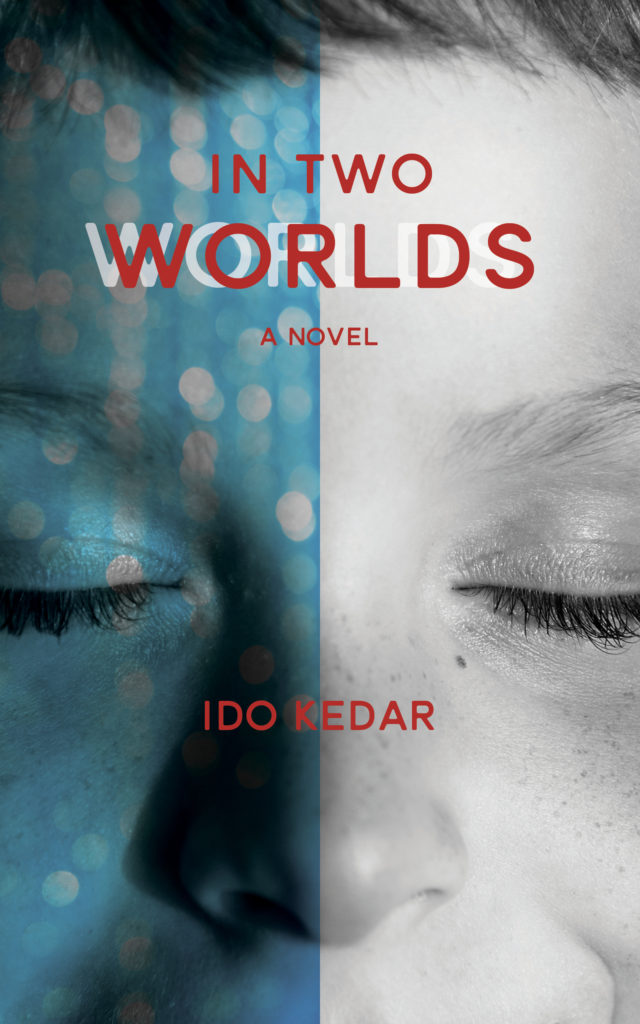Guest post by Dr. Edlyn Pena, Department of Education, California Lutheran University
As a faculty member and parent of a non-verbal child with autism, I think about the unequal opportunities that students with autism have in life. Too few students on the spectrum from under-resourced and ethnic minority backgrounds receive early intervention. The typical method for educating students on the spectrum, especially when they are non-verbal, is to place them in segregated special education classes, though that is slowly changing. My own research shows that the students with autism who are gaining access to college are almost always the ones from middle to upper income families with college educated parents. High school graduates with autism who come from low income or first generation backgrounds rarely get the opportunity to go to college. Where do we start to make this world a better place for students with autism?
Focus More on Systems
When my son was diagnosed with autism at 2 years old, autism professionals told me what I could do to “fix” him. Rarely did people engage me in conversations about transforming our school systems, our therapeutic approaches, employers, or our social policies and laws. For as much energy as our society spends on treating the symptoms of autism, I challenge us to spend
energy on thinking about and putting resources into improving our schools, universities, and places of employment to make real, significant change.
Develop a Vision of Inclusion
So, then, what would it mean to support students on the spectrum to be educated in inclusive environments, to gain access to college, or obtain successful employment? First, we must have a vision of inclusion. Admittedly, the word inclusion is thrown around a lot and is used in different ways. What I mean by inclusion is not that we place a child from a segregated special education classroom into P.E. and art for part of the day. It’s not that we employ someone to push a broom or wipe counters for the sake of a company hiring someone with a disability. I want to quote two inclusion advocates, Buie Masuku and Nicole Eredics, to illustrate my point.
“Inclusion is about a sense of belonging, about feeling respected, valued for who you are. It is an all-encompassing practice of ensuring that people of differing abilities related to, for example, sex, age, and race, feel a sense of belonging, are engaged, and are connected to the goals and objectives of the whole wider society.” — Buyie Masuku
“The successful inclusion of children with disabilities and special needs in our school system relies on the belief that all children have equal access to a quality education. Inclusive education isn’t a program, a place or a classroom. It is a way of understanding and living in the real world. Because, in fact, this is a world that has people of all different sizes, shapes, colors and abilities.”
–Nicole Eredics
I’m challenging you, I’m challenging us together, to do something very difficult. It means redefining our social and educational norms. It means challenging the messages we hear or we speak ourselves about people with disabilities on a daily basis.
Learn About Real School Inclusion
Inclusion is not just a utopian vision; it’s real and can be successful. CHIME Institute, a public charter school in Woodland Hills, CA, educates general education students, students with disabilities, and gifted students all in the same classroom. How do they do this? They use a co-teaching model in which general education teachers co-teach and collaborate with special education teachers to meet the needs of all students. A number of highly-trained paraprofessionals work with children in the classroom to make sure they are supported. And rather than pulling students out for speech therapy or other therapies, the school therapists work with the students in the classroom, during lunch, or on the playground with their peers to work on therapeutic goals. I have visited CHIME and watched with tears in my eyes as non-verbal students with communication devices like my son and typical peers accessed the same teachers and curriculum together. It wasn’t questioned, it was the norm. The implicit message is that all
students belong and are deserving of a quality education. CHIME Institute and other inclusion schools (like SWIFT schools) are trailblazers. The leaders of these schools did not give in to misconceptions that the standards or the curriculum would be less rigorous just because students with disabilities were included. In fact, research has refuted the idea that academic performance
suffers for students without disabilities who are educated in classrooms with students with disabilities (Ruijs, Van der Veen, & Peetsma, 2010; Sermier Dessemontet & Bless, 2013. And of course, the benefits to students with disabilities who are educated in inclusive settings are numerous, with increased outcomes in math and literacy skills (Cosier, Causton-Theoharis, &
Theoharis, 2013; Dessemontet, Bless, & Morin, 2012)
CHIME Institute is living proof that we can foster an education system that is accessible to all children of all levels of ability. And why not? All children do better in an inclusive environment. It strengthens the moral fabric of our community and more rigorously prepares students with disabilities for higher education and future employment.
Learn About Real Inclusion in the Work Place
Now, this is a good time to talk about companies and employers who have launched strategic efforts to employ people with autism and other disabilities. Take, for example, Germany-based software giant, SAP. This tech company sees autism not as a disability but as an asset. They realize that people with autism have an attention to detail and can be savvy in computers and technology. SAP first piloted the idea of hiring people with autism in India, Ireland, and
Germany. After hiring six workers on the spectrum to test software in India alone, the company reported increased productivity. Now, SAP has extended employment opportunities to people with autism in the United States.
We have so much to learn from places like CHIME Institute and SAP. The people behind these ideas had the courage to change the way we do business as usual in education and in industry. It can be done! Given the growing needs of students with autism, there has never been a more critical time in our history that we gain the courage to envision and create alternative approaches and structures to include students with autism in meaningful, long-lasting ways. Please join me on this journey.




I would love to meet with you to discuss your ideas and action plan…
… and share with you.the work I have been doing placing kids in College and job sites in INCLUSIVE SETTINGS… for the past several years in Ventura County…even though it HAS NOT BEEN EASY…..it has been an UPHILL BATTLE.
I did my research and wrote my dissertation on Inclusive Practices…
Please contact me drpattigault@aol.com or text 805 512 1843.
Thank You.
Thank you for your insightful and inspiring post! Collaboration is key. The co-teaching model should be explored. As you stated, this brings rigor to the educational experience and strengthens the “moral fabric of our community” for all. ~ Tanya Narasaki
I’m sorry, but it’s still eutopia for many school systems. First off, teachers don’t have the power or planning time or paraprofessionals in the class to make this all possible. In Real life, the classroom teacher is responsible for improving scores. Pre test, post test, test and re test, which doesn’t leave much time for this type of inclusion in most public school.
But I love the concept, and would love to teach in a classroom like this. As would most teachers if given the freedom to teach Using technology and computers, and collaboration without Big Brother looking over your shoulder in a low scoring, low income, under-staffed school, with little or out-dated resources.
I am glad this model is sucessful, hopefully it can be repeated in other areas. But for most teachers, it seems more like a dream.
Great ! Well said and totally agree with all my heart, why shouldn’t all children be taught altogether with extra support given to those in need of it. By segregating children into different groups, classes, schools ect does in not in fact reinforce exclusion from the general population, leading to lack of awareness of special needs ect, how can you expect these children to grow up and do well and be successful in a society they were segregated from from the onset and how can people understand disabilities, additional needs ect if they are being brought up and taught where they dont experience all levels of different abilities, would that not in turn create ignorance, we’re all living in society together so let’s all live learn and work as one community, my autistic son is mainstream and I truelly believe if he was taught diffrently then he wouldn’t adapt and learn coping strategies in understanding the real world, he wouldn’t be adapting or learn to improve social skills and relationships, he would be closed off to the real world
Inclusion is a fantastic idea. It would need to be done from pre-school or kindergarten all the way up to graduating from high school and beyond, in one school. This would be necessary because educating the ‘normal’ students to respect the autistic kids is something you don’t address here. That respect and acceptance would be there naturally with very young kids and would be nutured as all the kids grow together. It is this education of the other kids (and their parents) that is very important. I think it would be very difficult to start up an inclusion curriculum in a middle school or high school that has never had that before. Not impossible, but very difficult.
Inclusion is my favourite word, I work in my local community, and run health walks to get people together and involved linking in with various groups and services and am a member of our local autism parent support group, I love this!
Such a great post Edlyn. I have found that oftentimes IEP teams’ stereotypical attitudes about the diagnosis perpetuate lower goals & dampen energy towards successful inclusion. So much needs to be done in this area!